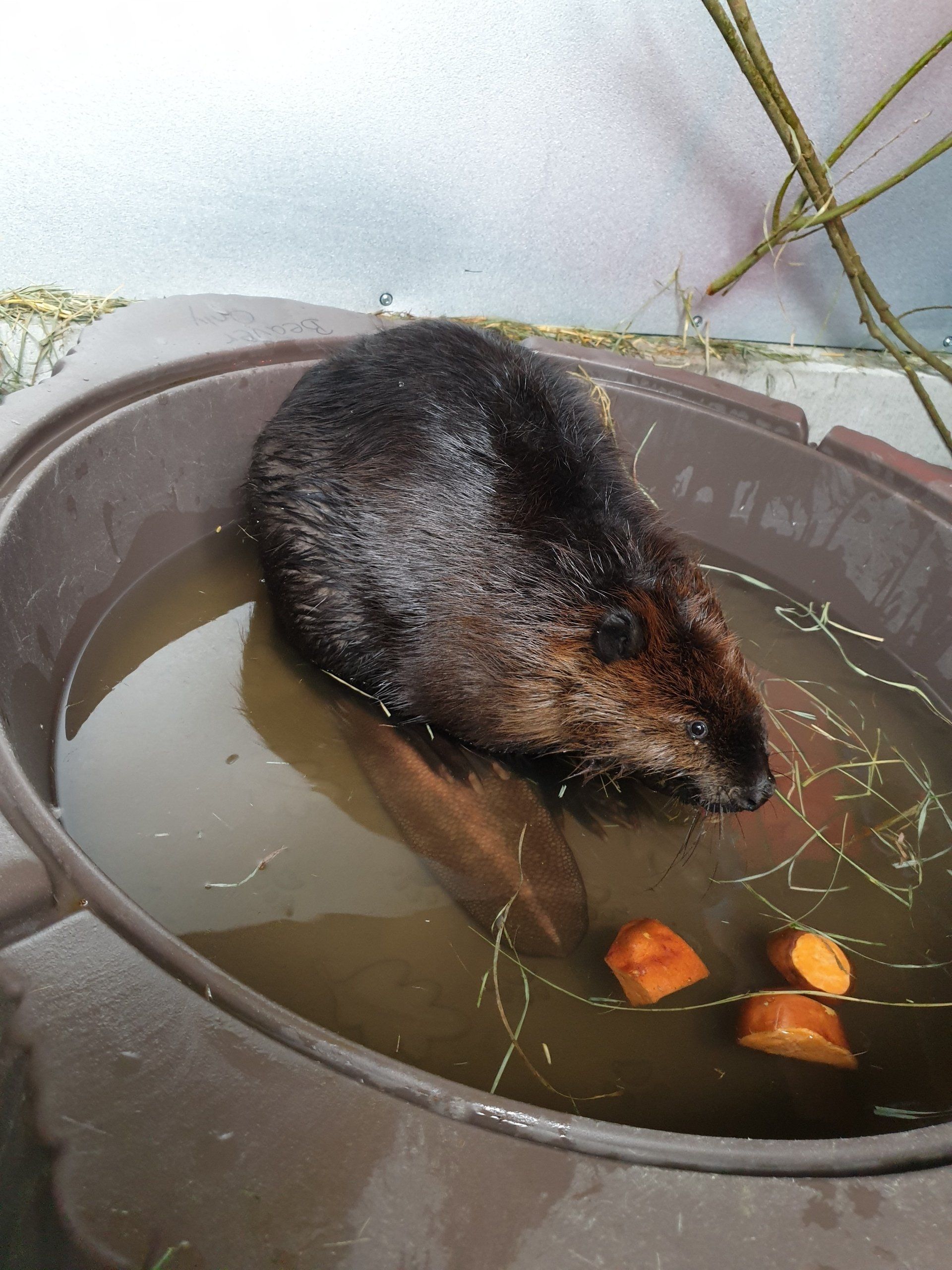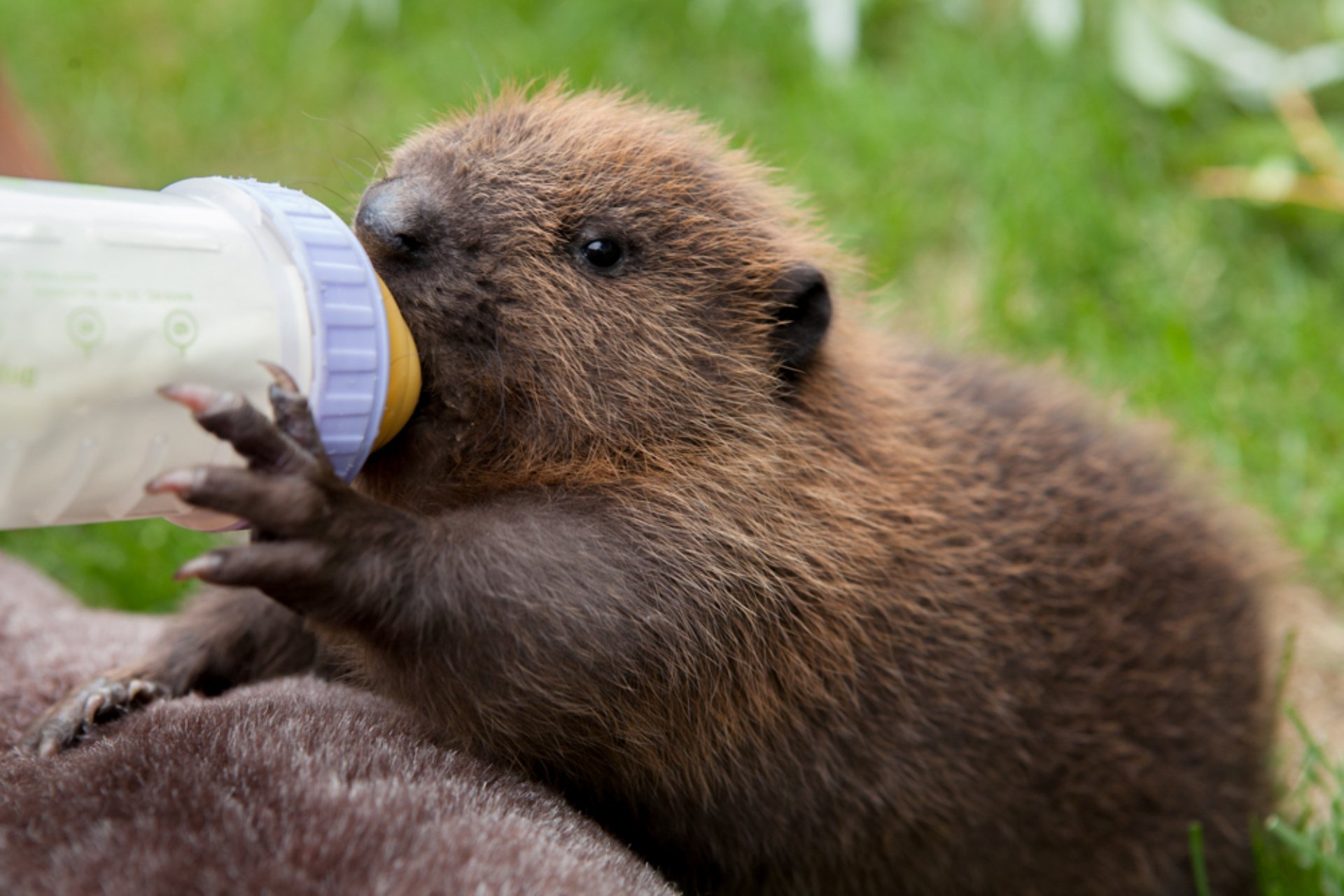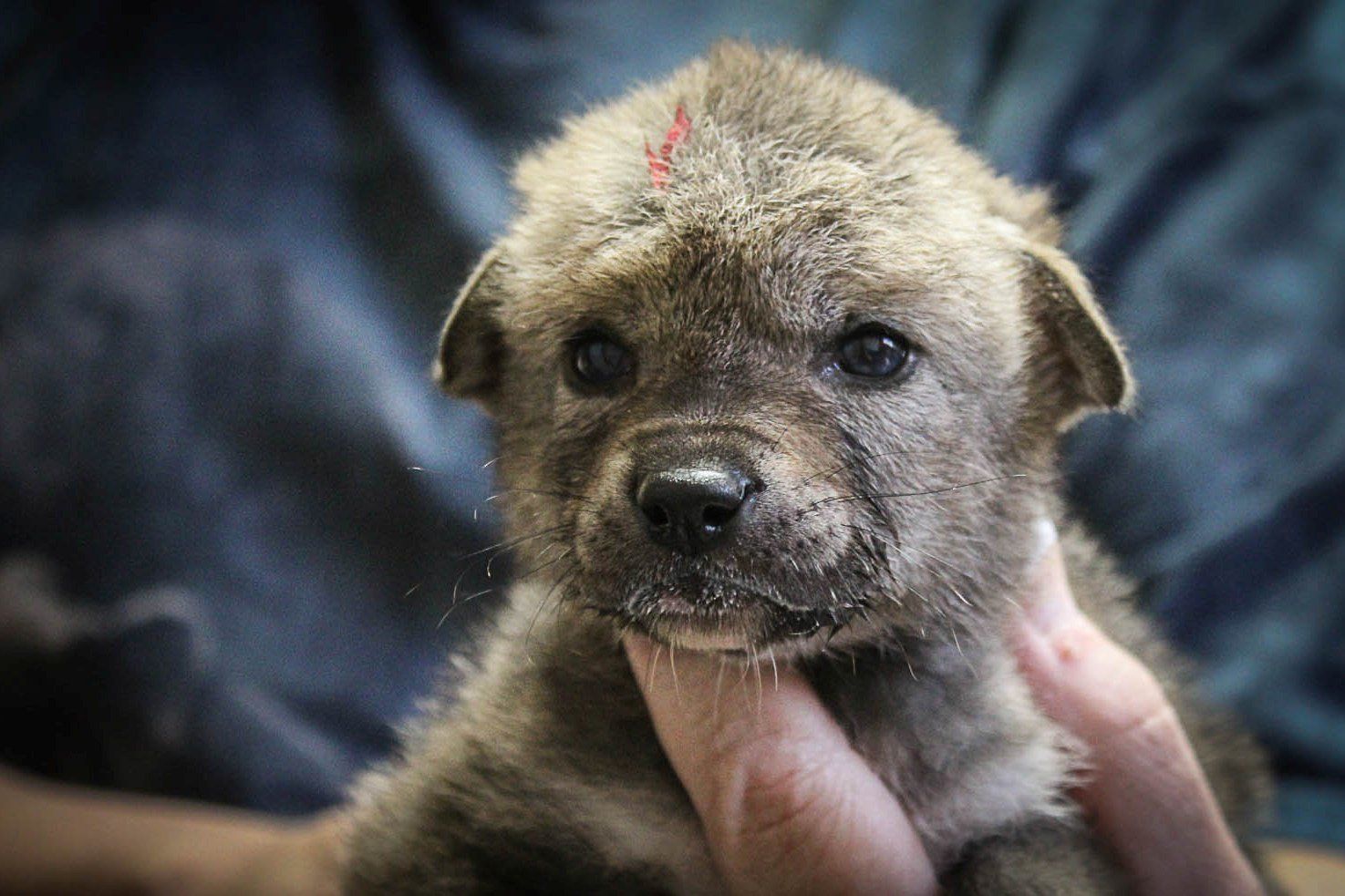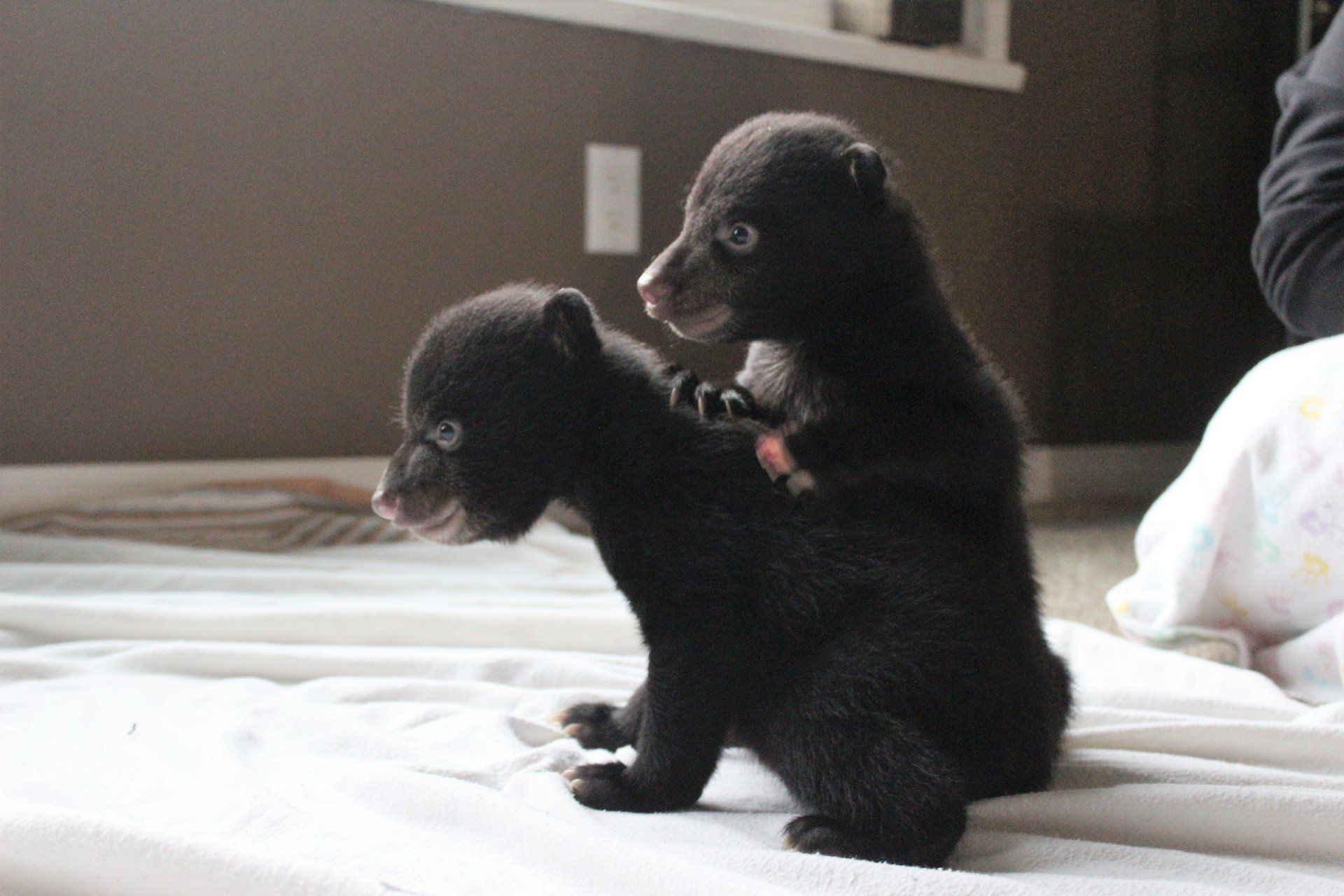Beavers
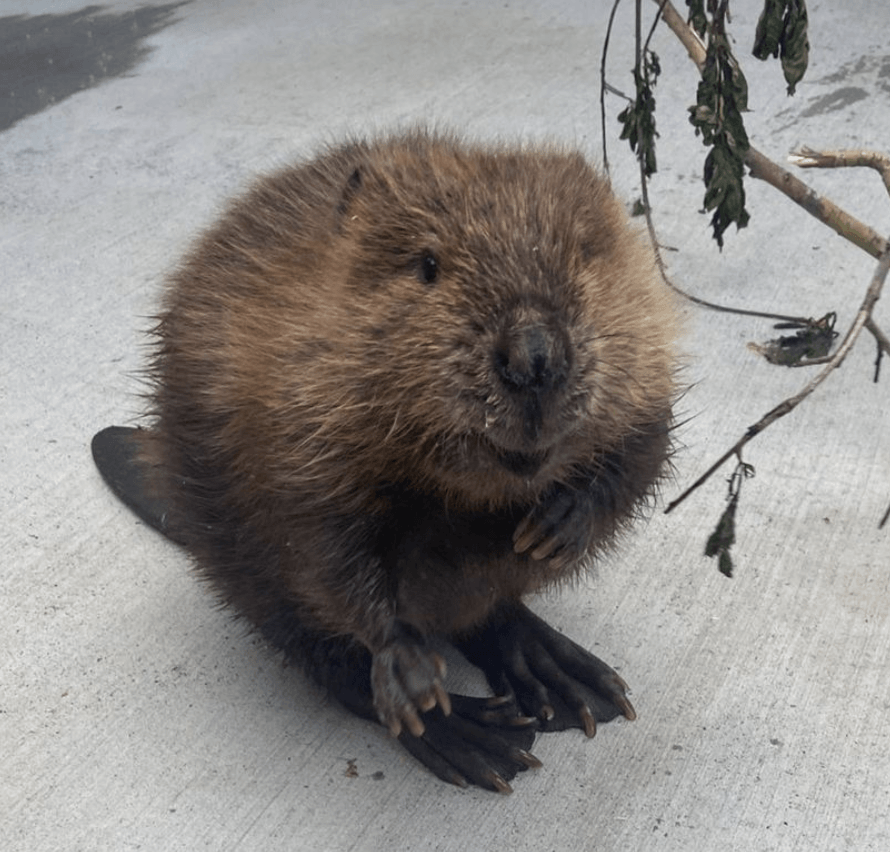
Description
Beavers, a semi-aquatic mammal that has a tremendous impact on our ecosystem. Dams prevent erosion and raise the water table, which helps purify the water as silt builds up and breaks down toxins.
Beavers are large, semiaquatic rodents native to the temperate Northern Hemisphere. Beavers are the second-largest living rodents after the Capybara.
They have stout bodies with large heads, long chisel-like incisors, brown or gray fur, hand-like front feet, webbed back feet, and flat, scaly tails. The animals can be found in a number of freshwater habitats, such as rivers, streams, lakes, and ponds. They are herbivorous, consuming tree bark, aquatic plants, grasses, and sedges.
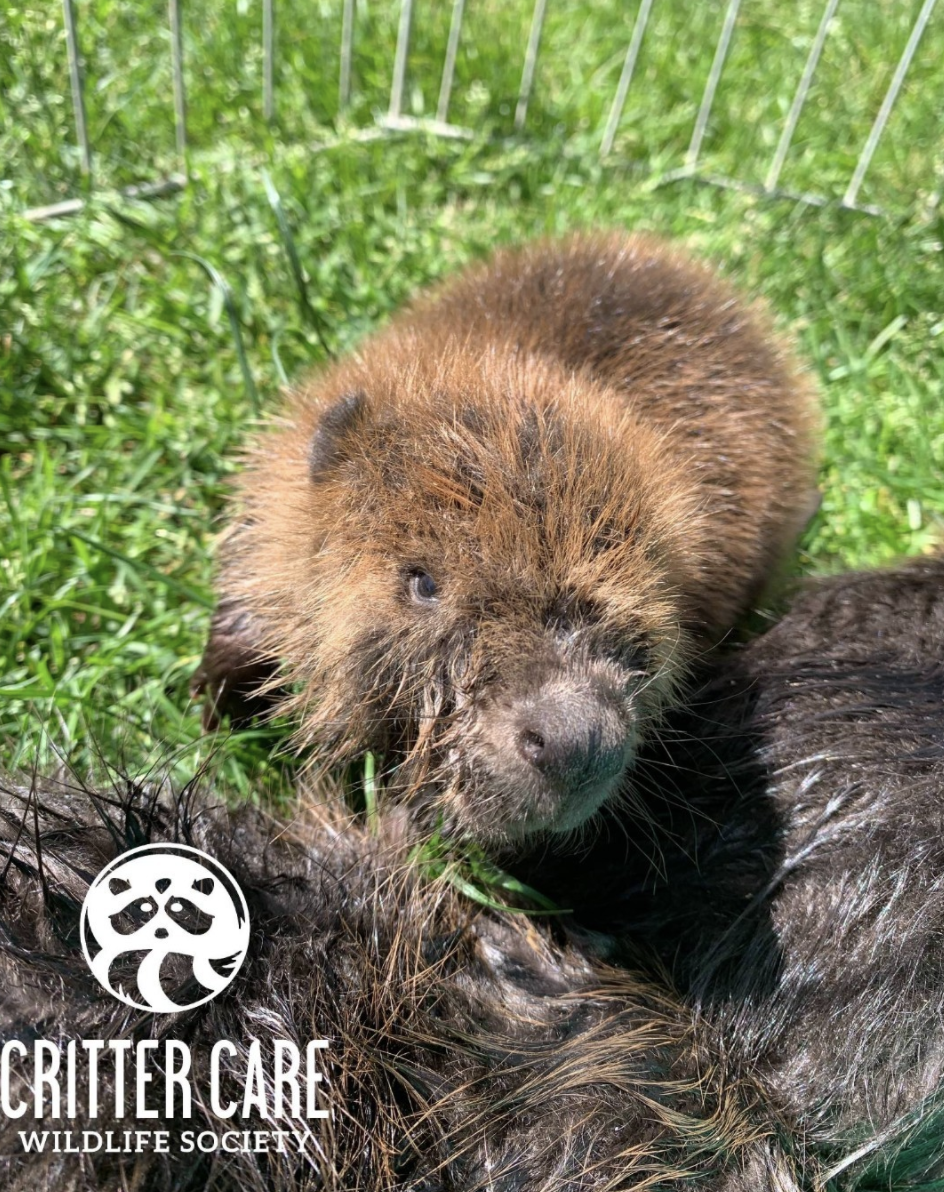
Habitat
- Beavers build dams and lodges using tree branches, vegetation, rocks, and mud; they chew down trees for building material.
- Dams impound water and lodges serve as shelters. Their infrastructure creates wetlands used by many other species, and because of their effect on other organisms in the ecosystem, they are considered a keystone species.
- Adult males and females live in monogamous pairs with their offspring. When they are old enough, the young will help their parents repair dams and lodges and may also help raise newly born offspring.
- Beavers hold territories and mark them using scent mounts made of mud, debris and castoreum, a urine-based substance excreted through the beaver's castor sacs.
- Beavers can also recognize their kin by their anal gland secretions and are more likely to tolerate them as neighbors.
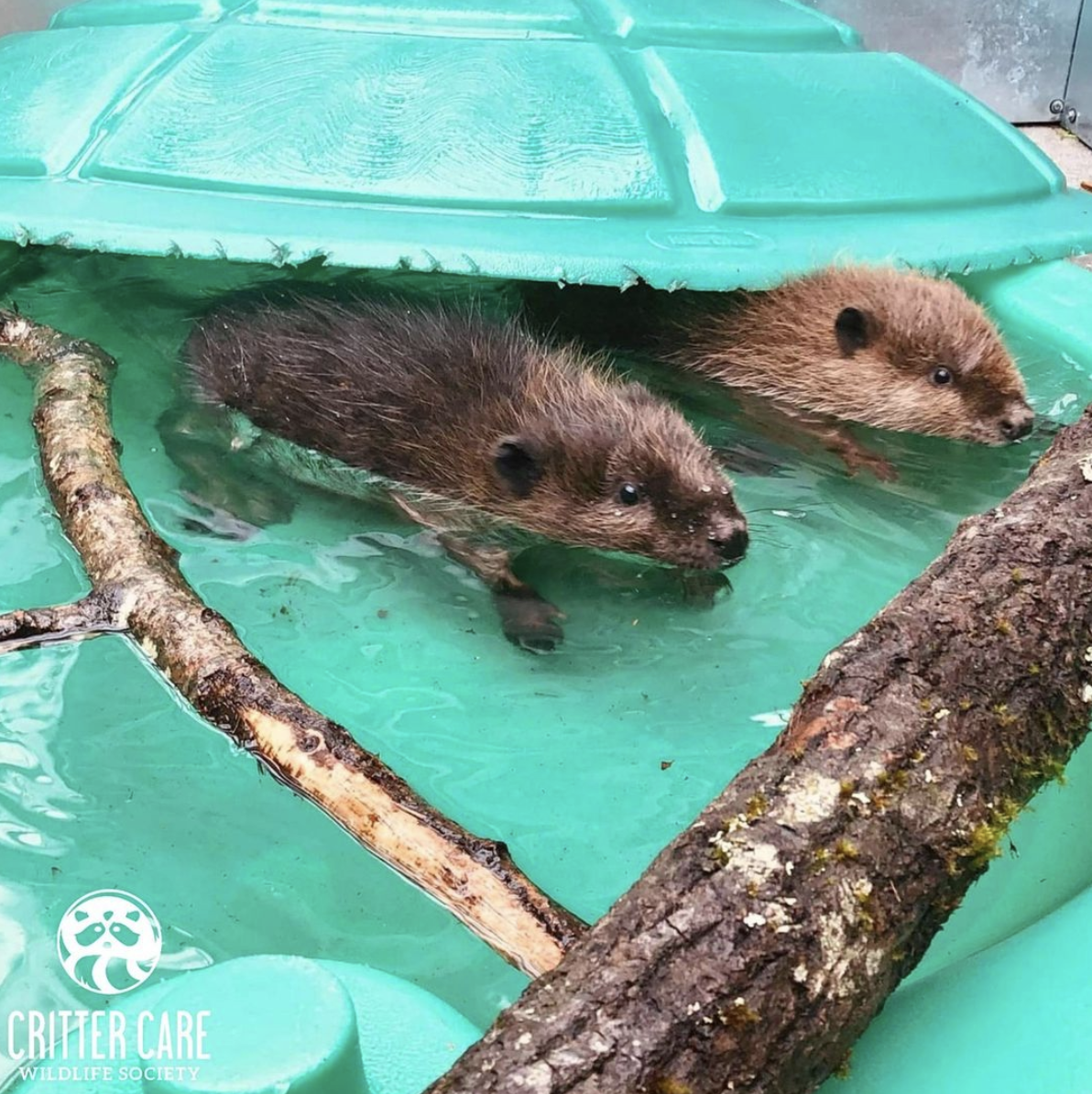
Challenges
Before protections began in the 19th and early 20th centuries, overhunting had nearly exterminated both species. Their populations have rebounded, and they are both listed as least concerned by the IUCN Red List of mammals.
Source of Beaver information https://en.wikipedia.org/wiki/Beaver
Beavers sometimes come into conflict with humans over land use; the individual beavers being labeled a "nuisance beaver". Beavers can damage crops, timber stocks, roads, ditches, gardens and pastures via cutting, burrowing or flooding.[23] They occasionally attack humans and domestic pets, particularly when infected with rabies, in defense of their territory, or when they feel threatened. Some of these attacks have been fatal, including at least one human death.[109][110][111] Beavers can spread giardiasis by contaminating surface waters.[51]
Flow devices, like beaver pipes, are used to manage beaver flooding, while fencing and hardwire cloth protects trees and shrubs from beaver damage. If necessary, dams are removed.
Find Out More
Give Today
Sponsor and orpaned animal or project
About Us
Find out who we are
Take Action
Find out how you can help

